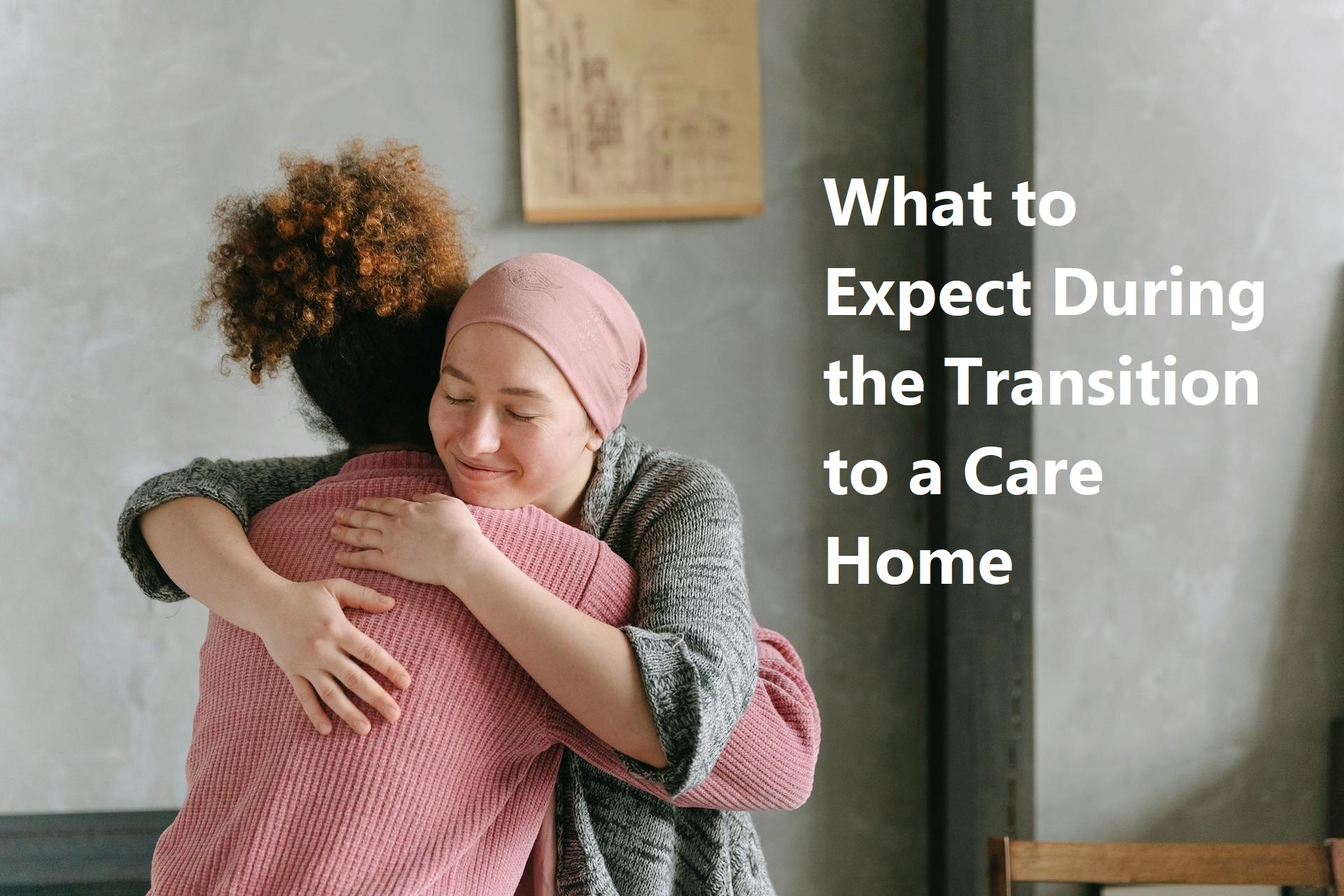Transitioning to a care home can be a significant life change, not just for the individual moving in but also for their family and loved ones. It’s a process filled with a mix of emotions, logistical challenges, and new experiences. Here’s a comprehensive guide to help you understand what to expect during this transition and how to navigate it smoothly.
Emotional Adjustments
For the Resident
The move to a care home often comes with a blend of emotions, including anxiety, sadness, and sometimes relief. The individual may feel a sense of loss for their home and independence. It’s essential to acknowledge these feelings and provide support. Encourage them to express their emotions and reassure them that it’s okay to feel this way.
For the Family
Family members might experience guilt, worry, or even relief knowing their loved one will receive professional care. Open communication within the family is crucial. Discuss these feelings honestly and support each other through this transition.
Preparing for the Move
Choosing the Right Care Home
Selecting the appropriate care home is a critical step. Consider factors such as location, services provided, staff qualifications, and the home’s overall atmosphere. Visiting multiple care homes, talking to staff, and reviewing their credentials can help in making an informed decision. You’ll find that Morris Care Homes, for example, represent an excellent choice for your loved one. Transitioning to a care home can be a significant adjustment, requiring emotional support and careful planning for both residents and their families.
Planning and Packing
Create a checklist of essentials that your loved one will need. Personal items like photos, favorite books, and comfortable clothing can make their new space feel more like home. Ensure important documents and medications are also packed. Involving your loved one in the packing process can give them a sense of control over their move.
Read: How to Practise Chakra Meditation for Healing and Balance?
First Few Weeks in the Care Home
Orientation and Settling In
Most care homes have a structured orientation process to help new residents settle in. This includes tours of the facility, introductions to staff and fellow residents, and explanations of daily routines. Encourage your loved one to participate in activities and social events to build a sense of community.
Establishing Routines
Routine is vital for comfort and stability. Work with the care home staff to establish a daily schedule that includes your loved one’s personal preferences and needs. Regular visits from family members can also help them feel connected and supported.
Building Relationships
Interacting with Staff
Building positive relationships with care home staff is crucial. The staff are there to provide care and support, so open lines of communication are important. Encourage your loved one to express their needs and preferences to the staff.
Making New Friends
Encourage social interactions within the care home. Engaging in group activities, participating in communal meals, and joining clubs or interest groups can help in forming new friendships. A supportive social network can significantly improve your loved one’s quality of life.
Addressing Challenges
Handling Homesickness
It’s natural to miss home, especially during the initial weeks. Encourage your loved one to personalize their living space with familiar items from home. Regular visits and outings with family can also help to alleviate homesickness.
Managing Health and Well-being
Regular health assessments and consistent medical care are integral to life in a care home. Ensure that the care home provides a comprehensive health care plan tailored to your loved one’s needs. Engage with healthcare providers to stay informed about their health status and any necessary interventions.
Continuous Communication
Regular Updates
Stay in regular contact with the care home staff to receive updates on your loved one’s well-being. This can be done through scheduled meetings, phone calls, or emails. Being proactive in communication helps address any concerns promptly.
Family Involvement
Encourage family members to visit regularly and stay involved in your loved one’s life. Celebrating special occasions together and participating in care home events can enhance their sense of belonging and happiness.
Conclusion
The transition to a care home is a significant change that involves emotional, physical, and social adjustments. By preparing thoroughly, maintaining open communication, and providing emotional support, you can help your loved one to navigate this transition smoothly and ensure that they adapt well to their new environment.





